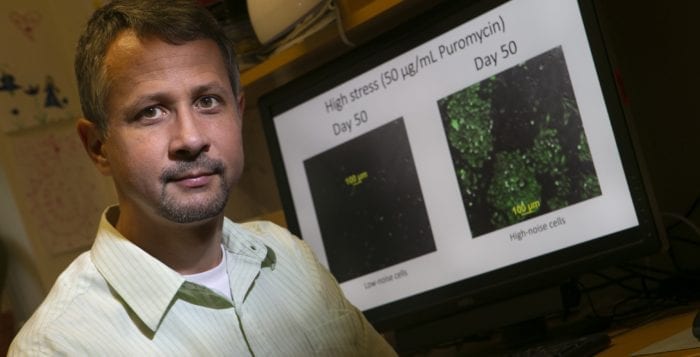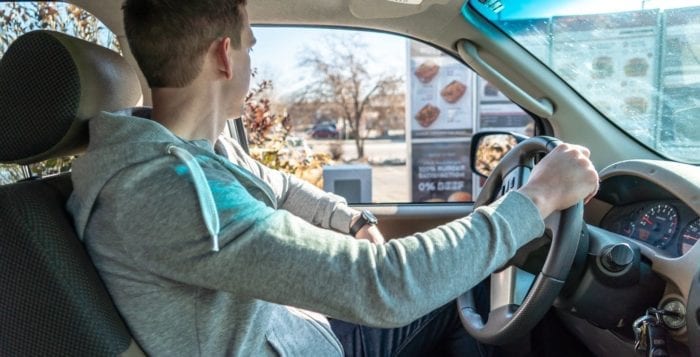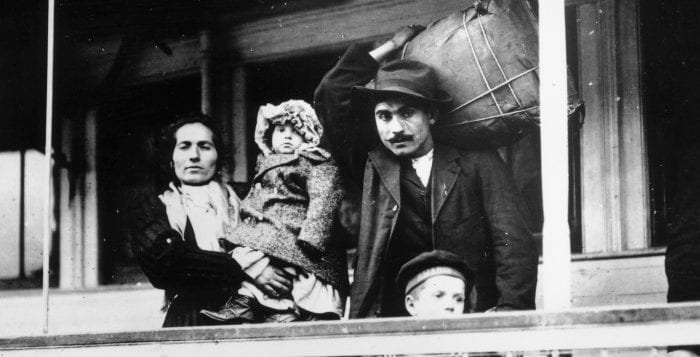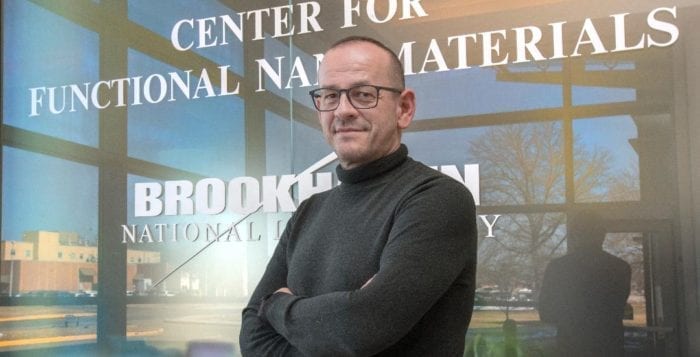By Daniel Dunaief
Straightening teeth involves moving, changing and reconfiguring the bone and the gums that hold those teeth in place. While the gums and bone adapt to the suddenly straight teeth, the roots may encounter unusual stress that makes them more prone to deterioration.
That’s not particularly welcome news for hormone-riddled teenagers who are maneuvering through the minefield of adolescence with a mouth full of metal. Fortunately, however, significant root damage that threatens the health and stability of teeth occurs in only about 5 percent of the cases of people with braces.
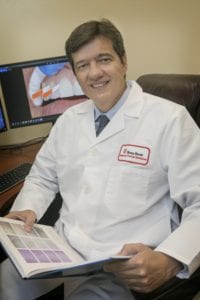
The challenge for people whose roots resorb in response to orthodonture is that most patients don’t show signs of problems until the process is well under way.
Wellington Rody Jr., the chair of the Department of Orthodontics and Pediatric Dentistry at the Stony Brook University School of Dental Medicine, hopes to change that.
Rody, who joined the staff at Stony Brook last May, received a $319,000 grant from the National Institute of Dental and Craniofacial Research to find biomarkers that may show early signs of periodontal disease and dental resorption.
Rody explained that he is “searching for noninvasive markers of root destruction.” Once orthodontists start moving teeth around, a major side effect can be that roots are compromised, to varying degrees. It’s a “common side effect with everybody that wears braces,” but it is usually minor with no clinical relevance.
Currently, the only way to discover root destruction from braces is through X-rays or CT images. “The problem is that when we find those things, as a clinical orthodontist, sometimes, it’s already too late,” Rody said.
Since biomarkers of bone destruction and root destruction may overlap, the focus of his research is to search for biomarkers that can differentiate between the two processes and find the markers that are more specific to root destruction. A few biomarkers of root destruction have been proposed, but there aren’t enough studies to validate those markers.
Rody will be searching for markers in both saliva and gum fluid. He anticipates that a panel of biomarkers may be more successful than trying to focus on one marker only.
If the markers, which Rody has been developing in collaboration with Shannon Holliday, at the Department of Orthodontics at the University of Florida, and Luciana Shaddox, from the Department of Periodontology at the University of Kentucky, are effective, they will likely provide guidance to clinicians so that high-risk patients may have their treatment plan adapted to prevent further damage.
The type of molecules Rody is searching for include proteins, lipids, metabolites and RNAs. He has been using proteomics, but in this NIH grant, he received enough funding to extend the analysis to other molecules.
According to Rody, there are many predisposing factors for bone loss in the literature. Predisposing factors for root destruction in the dentition also exist but are not well validated.“Genetics definitely plays a major role,” but as far as he is concerned “there is not genetic testing that is 100 percent reliable.”
Until he discovers a reliable biomarker, Rody, who maintains a clinical practice at Stony Brook about one and a half days a week, suggests taking follow-up X-rays after initiating orthodontic treatment, to make sure the “roots are behaving properly,” he said.
A patient who develops serious root destruction may need active monitoring. If the resorption is severe enough, orthodontists typically recommend stopping treatment for a period of one to five months, which is called a “holiday,” and then resume treatment.
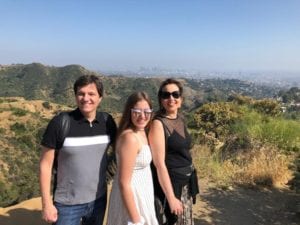
It is only recommended if the patient shows signs of moderate or severe root destruction. Another option is to interrupt treatment early and accept some compromises in the final results
“We try to get the patient out of braces as soon as possible” in cases of severe root resorption, Rody explained.
Rody has been working in this area since 2014. He received initial funding from the American Association of Orthodontists Foundation. He started by simulating bone and root destruction in a lab and looking for different molecular signatures between the two processes and has already published articles that highlight these differences.
The current NIH study will allow for the search for potential biomarkers. If the group finds them, the next step would be to try to validate them through a process that is expensive and requires large trials.
Ultimately, if and when he finds those biomarkers, Rody said he can use them in a noninvasive way to closely monitor a patient with periodic X-rays. He also might adjust the treatment regime to make sure the patient receives positive results without compromising the prognosis for his or her teeth in the longer term.
Rody believes orthodontics are worth the risk of root resorption, as patients who develop this side effect will likely keep their teeth for many years if not for their whole lives, even with some reduction in their roots.
“Considering all the benefits that orthodontic treatment can bring, in terms of function and cosmetics, it’s still justifiable” but the patient and his or her parents need to understand the risks and benefits associated with braces, he said.
The teeth that are typically affected by root resorption are the upper front teeth.
Originally from Vitória in Brazil, which is six hours by car north of Rio de Janeiro, Rody lives in Port Jefferson with his wife, Daniela, and their 14-year-old daughter, Thais.
As for his research, Rody explained that a major goal is to “detect the process [of root resorption] before it becomes severe.” If he does, he will be able to “revise the course of treatment and make sure we don’t allow destruction” of roots and the potential consequences for teeth to reach a high level.

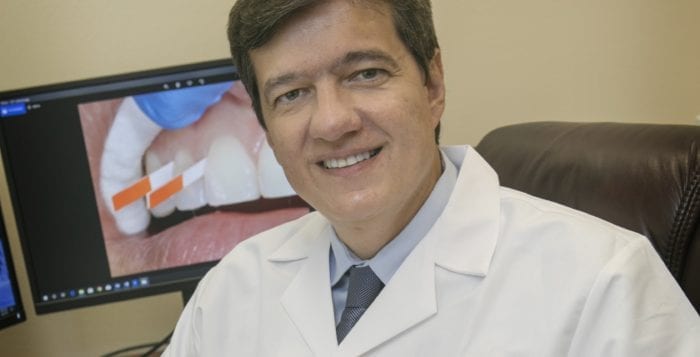
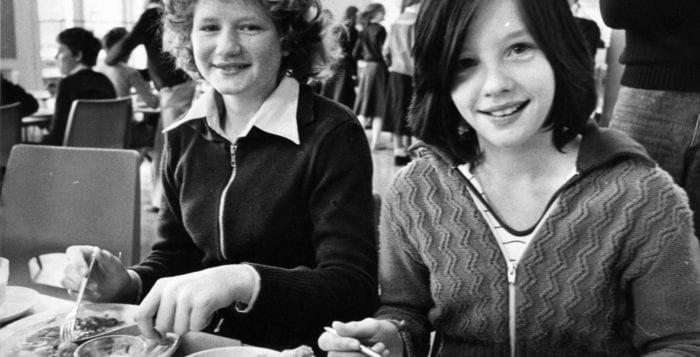


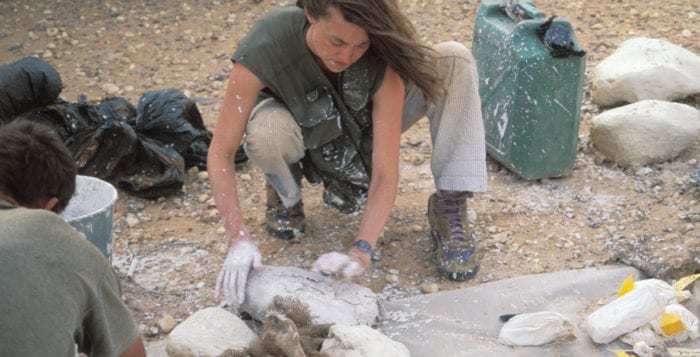
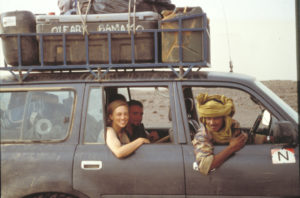
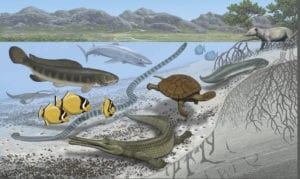
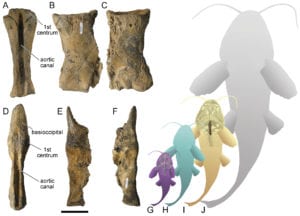 O’Leary suggested that the paper provides some context for climate and sea level changes that can and have occurred. During the period she studied, the Earth was considerably warmer, with over 40 percent of today’s exposed land covered by water. Sea levels were about 300 meters higher than current levels, although the Earth wasn’t home to billions of humans yet or to many of the modern day species that share the planet’s resources.
O’Leary suggested that the paper provides some context for climate and sea level changes that can and have occurred. During the period she studied, the Earth was considerably warmer, with over 40 percent of today’s exposed land covered by water. Sea levels were about 300 meters higher than current levels, although the Earth wasn’t home to billions of humans yet or to many of the modern day species that share the planet’s resources. O’Leary said that much of the literature for the science in Mali was in French, which had kept it a bit below the radar for scientific discourse, which tends to be in English.
O’Leary said that much of the literature for the science in Mali was in French, which had kept it a bit below the radar for scientific discourse, which tends to be in English.